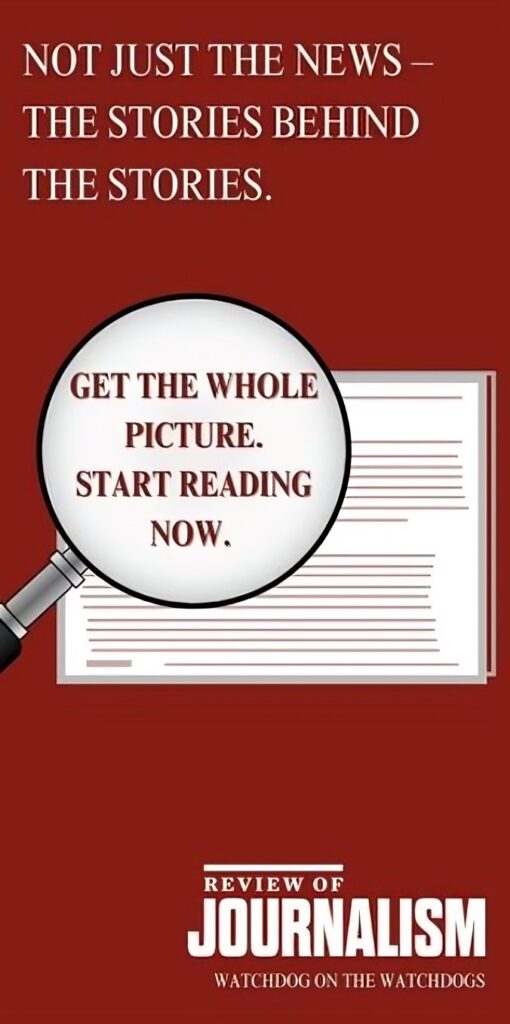In “The Ruin,” an Anglo-Saxon poem preserved in the tenth-century Exeter Book, the speaker surveys the crumbling Roman city of Bath, marvelling at walls that survived kingdom after kingdom only to succumb, finally, to time. The speaker is so far removed from the Romans — and the secrets of their stone construction — that the buildings seem to be the work of giants, their ruin mirroring the fate of those who once lived in the city. He imagines them frozen in a moment of triumph, flushed with wine and gleaming “gold-bright” in elaborate armour. Such nostalgia for the rack of a previous age was so regularly employed in Anglo-Saxon poetry that they even had a word for it: dustsceawung, or “contemplation of the dust.”
Clyde Fans, the latest book from the acclaimed Canadian cartoonist Seth (otherwise known as Gregory Gallant), seems to belong to this tradition. It tells the story of two brothers — one cerebral and reclusive, the other...
André Babyn studies medieval literature at the University of Toronto. His debut novel, Evie of the Deepthorn, comes out next year.

